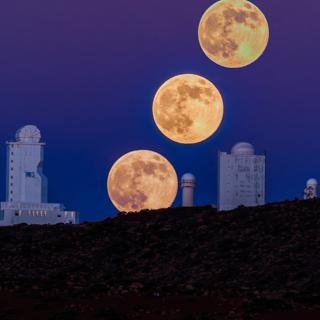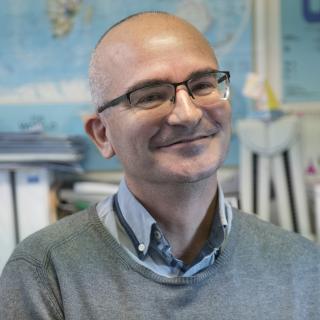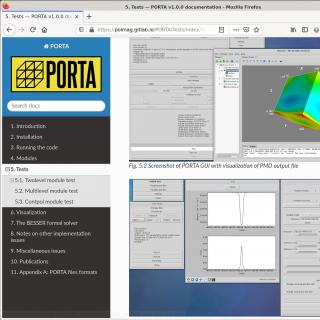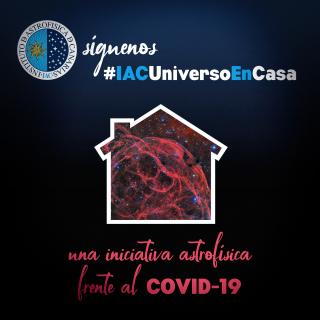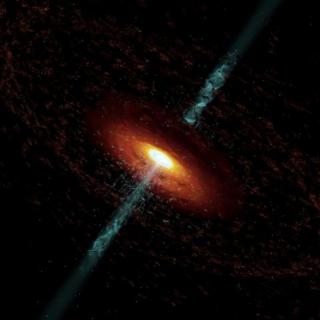
An international team of scientists has obtained the first unequivocal detection of a very high speed jet of matter emitted by a galaxy in the process of merging with another. The flux of particles and radiation, which is emitted by the supermassive black hole in the centre of the galaxy and which is observed face on, shows that it is a precursor structure to the formation of a blazar, one of the most energetic objects known. This discovery was made by combining observations from several telescopes, among them the Gran Telescopio Canarias and the William Herschel Telescope at the Roque de
Advertised on
